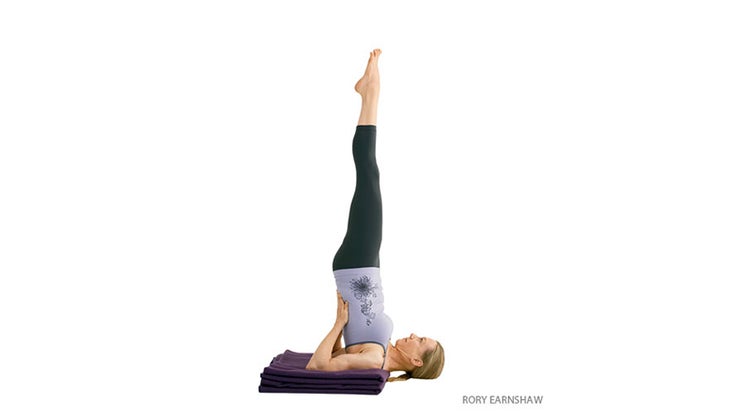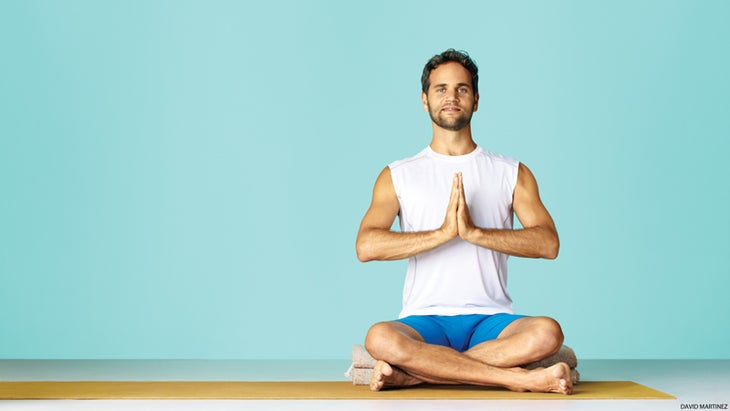Heading out the door? Read this article on the new Outside+ app available now on iOS devices for members! Download the app.
Teachers, explore the newly improved TeachersPlus to protect yourself with liability insurance, build your business with a dozen valuable benefits including a free teacher profile on our national directory, plus find answers to all your questions about teaching.
In 2012 William Broad published an article entitled, “How Yoga Can Wreck Your Body” in The New York Times Magazine bringing attention to the fact that yoga has the potential to harm as much as to heal. And while the examples he gave were extreme (one man kneeling in Vajrasana for hours a day), the plain and simple truth is that certain poses present greater risks and should be approached with more knowledge and caution.
Here, we look at three of the “riskiest” poses commonly practiced in yoga and how to modify them for your and your students’ safety. And it is imperative that those with specific health conditions and concerns speak with a doctor before hitting the mat.
3 Safe Modifications for Risky Poses
Headstand

Sirsasana
While Sirsasana has the most known benefits of any pose, the inversion also has the most potential for serious injury if not supported properly by your shoulders, arms and upper back. Let’s face it, your neck is precious and isn’t designed to hold the weight of your body upright.
Safe modification:
To receive the benefits of Headstand without the associated risks to your spine, practice Tripod Headstand (Sirsasana II) with the support of blocks under your shoulders to take all of the weight off your head and neck.
See also Ask the Expert: How Do I Know I’m Ready to Try Headstand?
Shoulderstand

Salamba Sarvangasana
As a teacher, nothing makes me cringe more than a student throwing themselves up into Shoulderstand at the end of practice. The pose requires an extremely open upper back and strong shoulder placement that arguably very few (even advanced) students can perform safely without flattening their neck and placing extreme pressure on their cervical spine. Just like in Bridge Pose, there shouldn’t be a single vertebrae touching the floor in Shoulderstand but instead a small tunnel of light under the curve of your neck, enough space to slide a few fingers between your neck and the floor.
Safe modification:
Modify Shoulderstand by stacking blankets and bringing the tops of your shoulders to the edge of the blanket roll with the base of your skull on the floor—keeping the natural curve of your neck.
See also Anatomy 101: Understand Neck Safety in Supported Shoulderstand
Lotus Pose

Padmasana
Lotus Pose requires an outstanding degree of external hip rotation, which is anatomically impossible for some bodies to achieve, and should never be forced. The knee, a considerably less protected joint than the hip, takes the torque when the external rotation of the hips can’t be achieved.
Safe modification:
While Half Lotus Pose is a safe option for some, students with limited hip rotation should sit in Sukhasana with the support of blankets.
See also Lotus Pose Step-By-Step Instructions to Release Tension